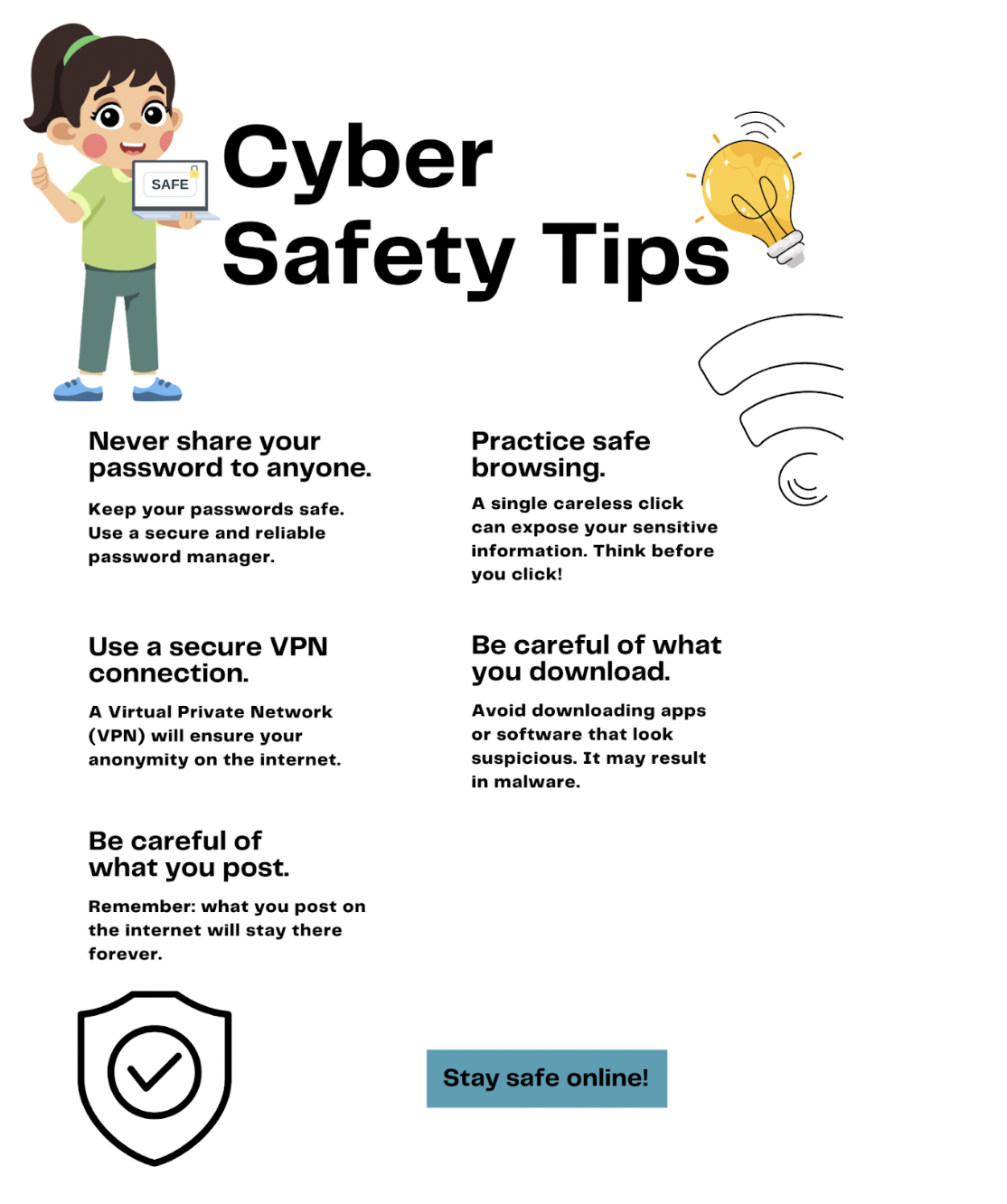OT Security and Kids: Keeping Family Tech Safe Together

In today's interconnected world, our homes are smarter and more tech-savvy, bringing new challenges. Let's dive into how we can keep our family's tech safe and secure, focusing on Operational Technology (OT) security.
Why OT Security Matters for Families
Imagine your smart home as a fortress. Every smart device is a potential entry point for intruders. Scary, right? Well, it doesn't have to be if we're prepared.
Did you know that many families are unaware of the cyber risks associated with their smart home devices? That's a lot of open doors for potential threats. But don't worry - we're here to change that statistic.
OT security isn’t just about protecting gadgets; it’s about safeguarding your family’s privacy, safety, and peace of mind. When your smart thermostat, baby monitor, or home security system is secure, you can rest easy knowing your digital fortress is strong. For more advanced protection, consider exploring professional OT security solutions that can provide coverage for your smart home devices.
Common Threats in Home OT Systems
The threats to home OT systems are constantly evolving, posing significant risks to family safety and privacy. Let’s delve deeper into these threats:

Malware Attacks
Malware remains one of the most prevalent threats to home OT systems. These malicious programs can infiltrate your network through various means, such as infected email attachments or compromised websites. Once inside, malware can wreak havoc on your smart home devices. For instance, a malware infection could allow attackers to:
- Gain control of your smart cameras, compromising your privacy
- Manipulate your smart thermostat, leading to energy waste or discomfort
- Access sensitive data stored on connected devices
The surge in malware attacks on home devices is alarming. Families must be vigilant and proactive in protecting against these threats.
Unauthorized Access
Unauthorized access is another significant concern for home OT systems. This occurs when cybercriminals gain access to your network or devices without permission. Reports of unauthorized access attempts highlight the severity of this threat. Unauthorized access can lead to:
- Strangers viewing live feeds from your security cameras
- Intruders unlocking your smart doors
- Criminals accessing personal information stored on connected devices
The consequences of such breaches can range from privacy violations to physical security risks.
Device Manipulation
Smart home devices are designed to make our lives easier, but in the wrong hands, they can be manipulated to cause harm. Device manipulation occurs when attackers take control of your OT systems and use them in ways you didn't intend. Examples of device manipulation include:
- Adjusting your smart thermostat to extreme temperatures
- Disabling home security systems
- Interfering with smart appliances like refrigerators or ovens
Such manipulation not only disrupts daily life but can also pose safety risks to your family.
Best Practices for Enhancing OT Security at Home
Now for the good news - you have the power to protect your home. Following best practices can reduce the risk of breaches by up to 80%. Here's how:
- Set up strong network defenses: Use a firewall and keep it updated.
- Use reliable security software: Invest in good antivirus and anti-malware programs.
- Regular updates are key: Keep all your devices' software up-to-date.
- Secure passwords: Use unique, complex passwords for each device and account.
- Enable two-factor authentication: Add an extra layer of security to your accounts.
Remember, a chain is only as strong as its weakest link. Make sure every device in your home is protected.
Teaching Tech Safety
Education plays a pivotal role in maintaining OT security within family environments. However, the fact that only 57% of parents feel confident teaching their children about online safety. Let's explore effective strategies to bridge this gap and empower both kids and parents.
Tips for Parents:
- Lead by example by showing good online habits.
- Engage in open conversations about internet safety.
- Set clear rules and boundaries for online activities.
For Kids:
- Teach them to recognize potential threats.
- Encourage them to ask questions if something seems off.
- Make online safety fun with games and quizzes.
Continuous Learning for Parents
Given the rapidly evolving nature of technology and cyber threats, parents must engage in continuous learning. This can involve:
- Attending workshops or webinars on cybersecurity
- Following reputable tech blogs or news sources
- Joining online communities focused on family internet safety
By staying informed, parents can better protect their families and confidently guide their children in the digital world. These educational strategies can significantly enhance a family's overall cybersecurity posture. Remember, creating a secure digital environment is an ongoing process that requires consistent effort and open communication from all family members.
Technologies and Tools to Safeguard Family OT Systems
The good news is that there are plenty of tools out there to help keep your kids safe online. Parental control software has increased by 45% in households with children. Here's a comparison of some popular tools:
|
Features |
SafeKids Pro |
FamilyGuard |
CyberNanny |
|
Web Filtering |
✓ |
✓ |
✓ |
|
Time Limits |
✓ |
✓ |
✓ |
|
Location Tracking |
✓ |
✗ |
✓ |
|
Social Media Monitoring |
✗ |
✓ |
✓ |
Remember, the best tool is the one that fits your family's specific needs. Take the time to research and find the right fit for you.
Wrapping Up
We've covered a lot of ground, from understanding the threats to implementing solutions. Here's your takeaway:
- Assess: Look at your current home setup. What devices are connected? What security measures do you have in place?
- Educate: Make sure everyone in the family understands the importance of online safety.
- Implement: Put those best practices into action. Update your devices, use strong passwords, and consider investing in security software.
- Monitor: Regularly check your network for any unusual activity.
- Stay Updated: Cyber threats evolve, and so should your defenses. Keep learning and adapting.
Remember, creating a safe digital environment is an ongoing process. But with the right knowledge and tools, you can keep your family's tech safe and secure.
So, are you ready to build your digital fortress? Your family's online safety starts now. Take that first step today - whether updating your router's password or having a family meeting about online safety. Every small action counts towards a safer digital home for your loved ones.
FAQs
What is OT security and why is it important for families?
OT security protects the technology that controls physical devices in your home. It's crucial because many families acknowledge the need for enhanced digital safety measures. Without it, your smart home devices could be vulnerable to cyber-attacks.
How can families detect and respond to security breaches in their home networks?
Families equipped with monitoring tools can detect breaches in real-time. Studies show that timely responses can mitigate damage. Look out for unusual network activity, unexpected device behavior, or unfamiliar devices on your network.
What steps can parents take to educate their children about cybersecurity?
Engaging children in interactive learning platforms can improve their understanding of cybersecurity. Try using online safety games, having regular family discussions about internet safety, and setting a good example with your online behavior.






